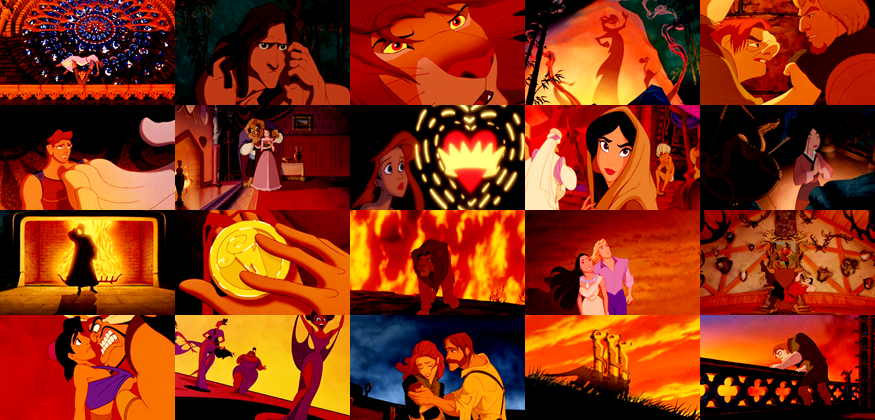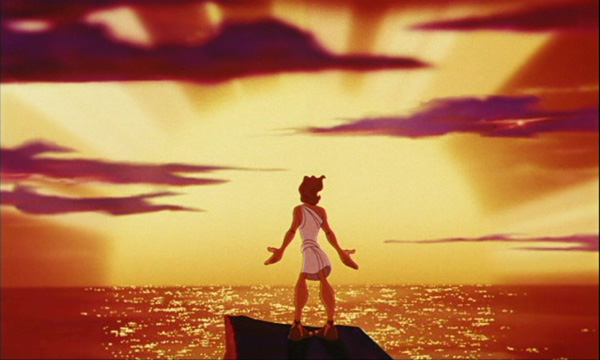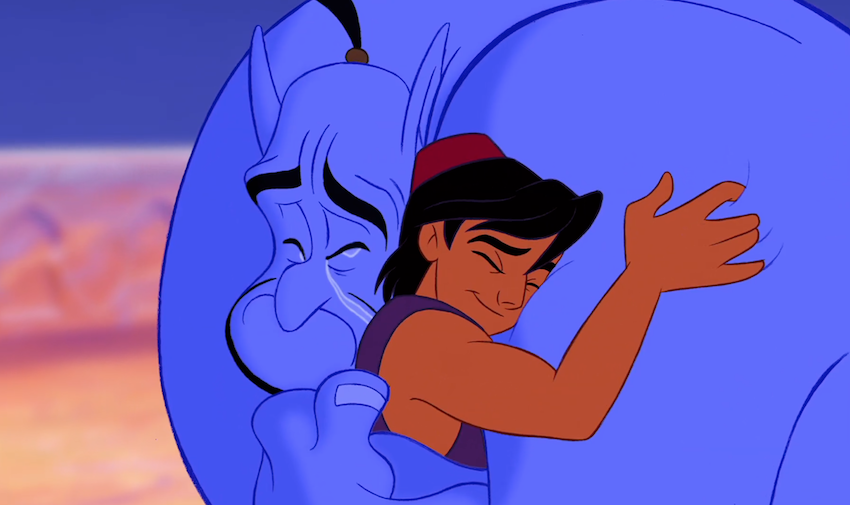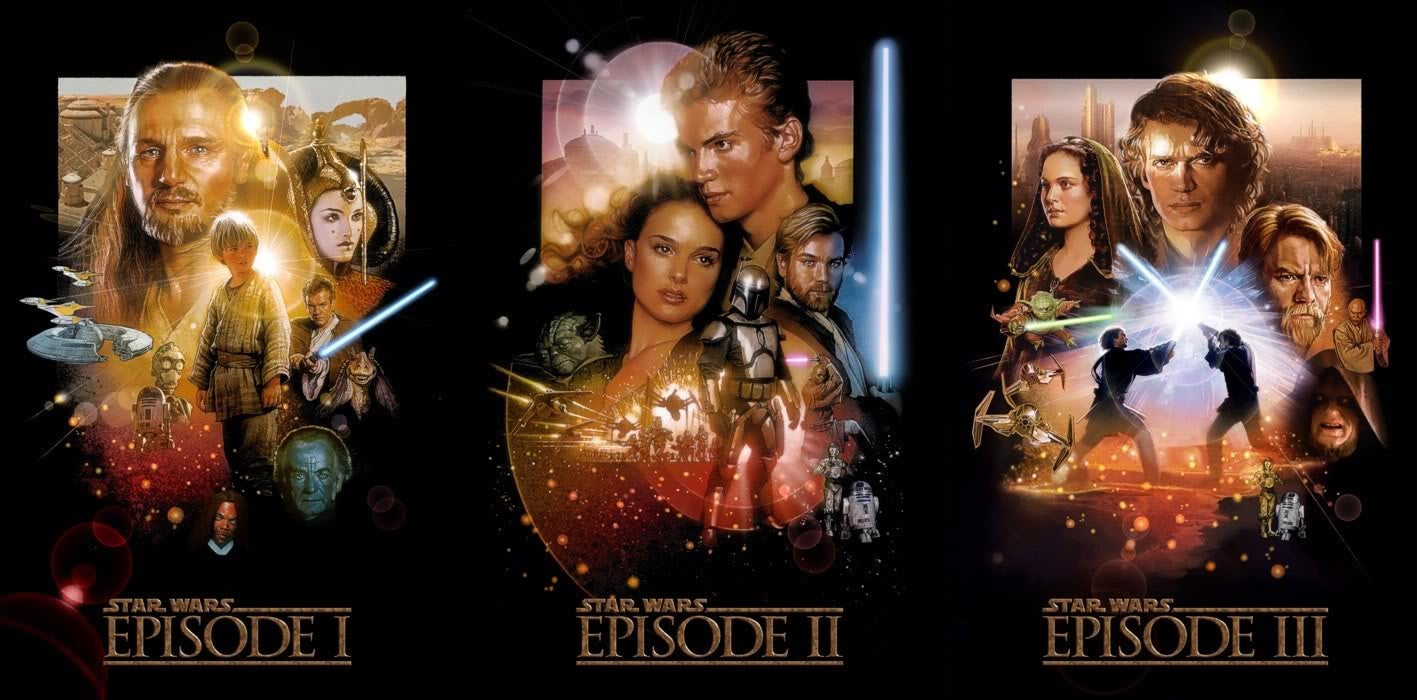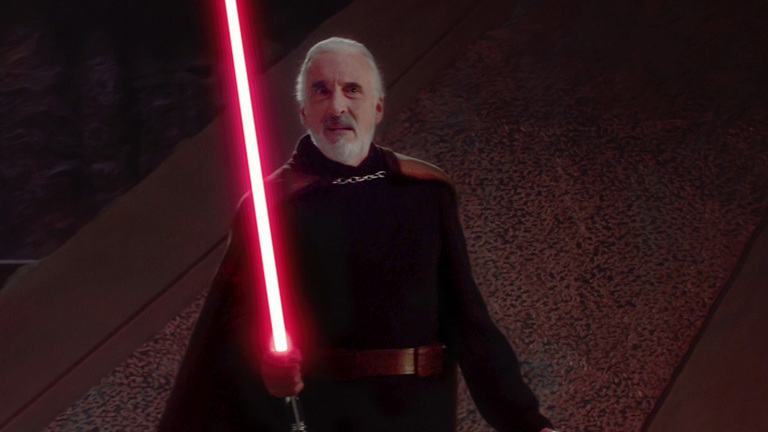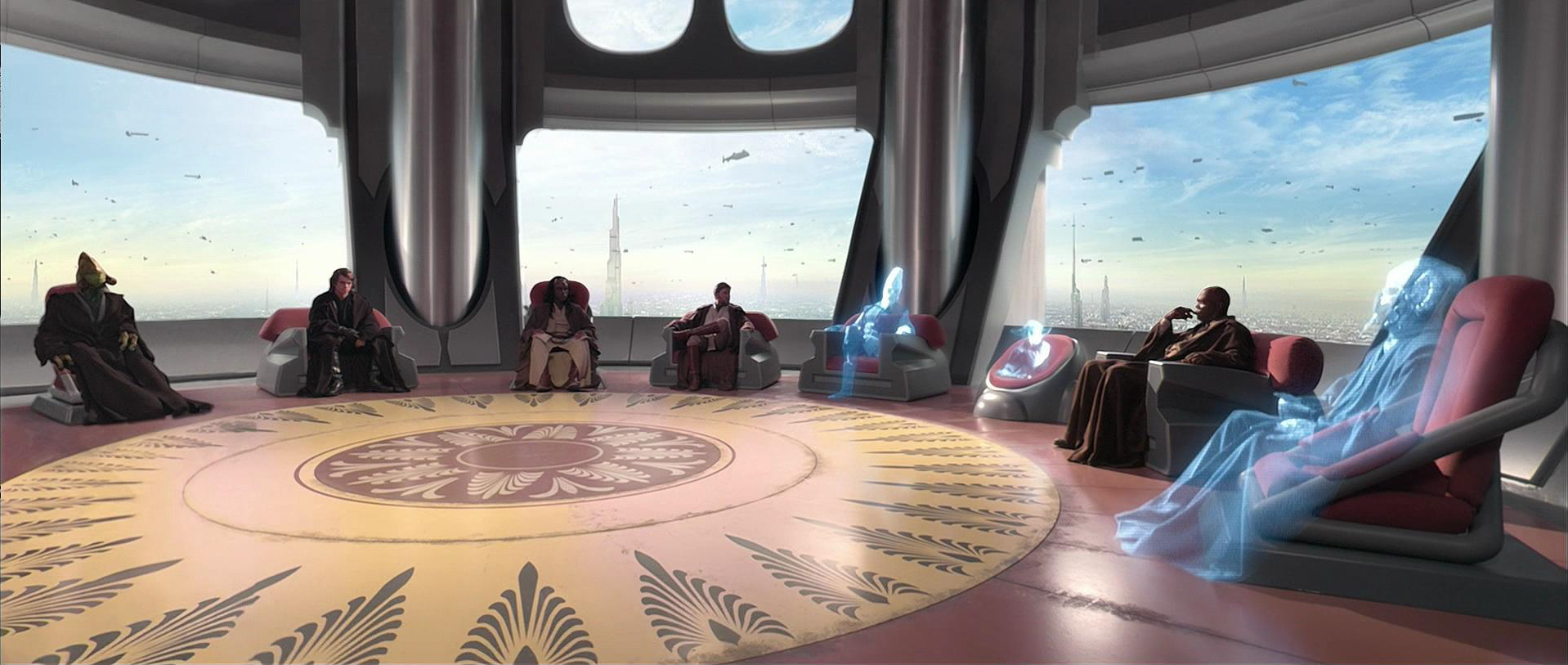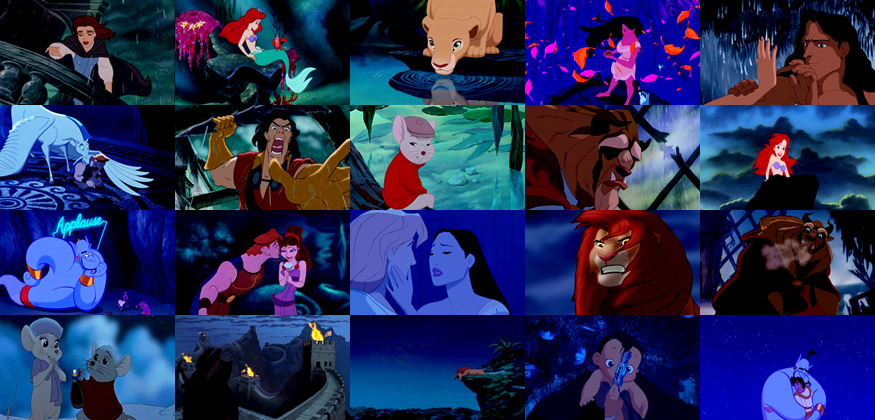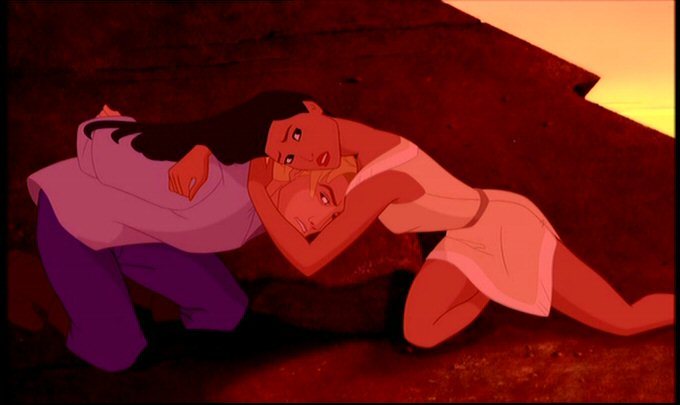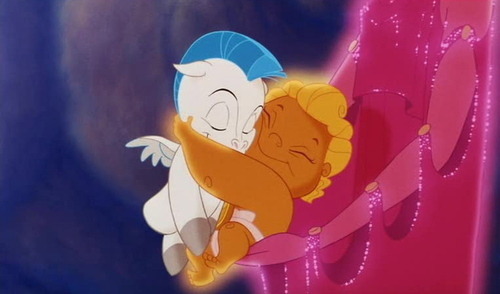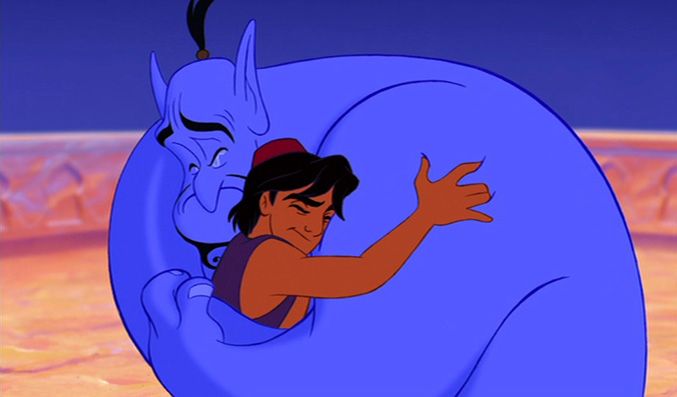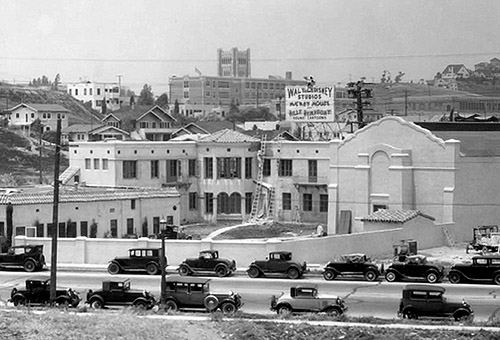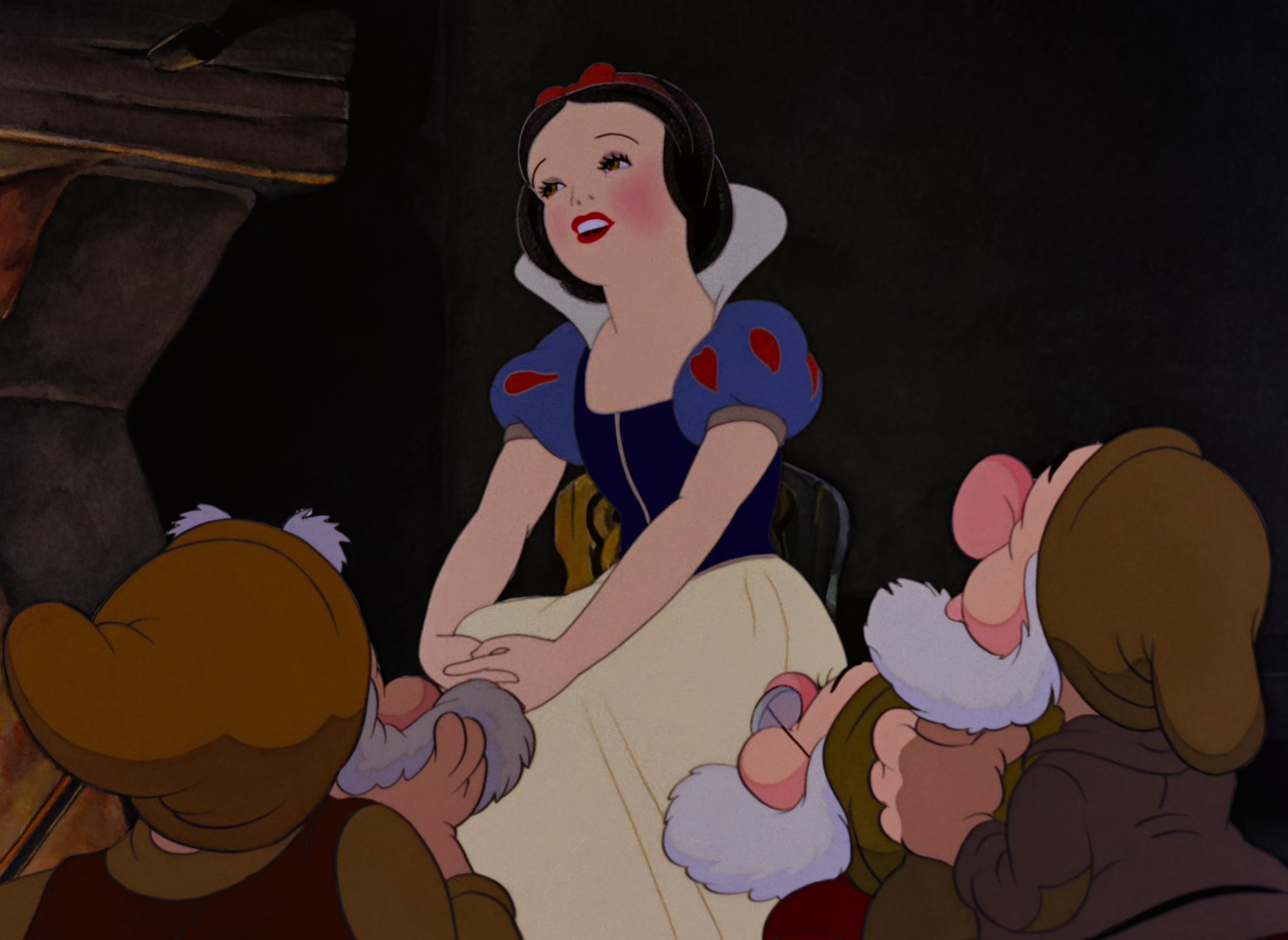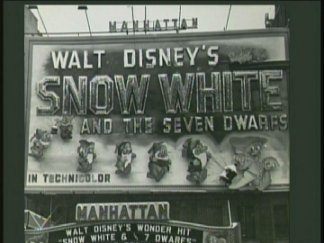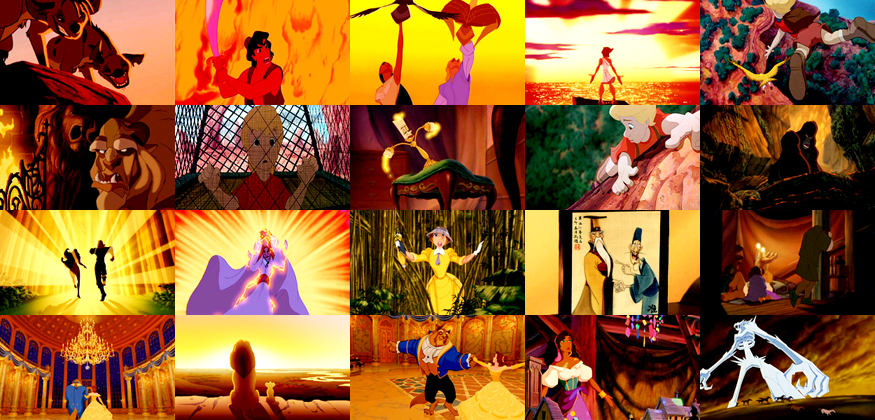
All artwork in the introductions is courtesy of knightbusdriver on livejournal.com
It should come as a surprise to no one that the greatest era in Walt Disney's Feature Animation department is arguably the most beloved era of a single company's film making in motion picture history. After all, not only was Disney at the height of their creative development, but the studio continued to release hit after hit, without any glaring failures in anyone's eyes. To many who are reaching adulthood today,. these films are what we grew up on. My first film watching experiences were at least five of the top movies pictured above. These films have had a profound impact on how we act, how we think, and how we tell our life stories.
But which of these high ranking movies is the most superior? How can one masterpiece be better than another? That is what I will be focusing on for the next several posts. Which film was the most structurally sound, which was the most superior in one area, and ultimately, which was the best. Feel free to argue for one of your movies on this list or if you think my list is incorrect, but please understand that this is all opinion based, so it doesn't make someone stupid if they agree or not.
Here is how the list will be determined. All 10 films of the Disney Renaissance will be judged on the following categories:
Hero
Heroine
Villain
Supporting Cast
Songs (The Rescuers Down Under gets a pass here)
Musical Score
Animation
Story
Special Effects
Theme/ Message
Each film will be scored on a 1-10 scale. The higher points you score for a category, the greater the chance is that film is ranked the best. But please note that just because a film could get two or three 10's in a row, doesn't mean that it is guaranteed a victory. Keep a close eye on the consistent films.
Here we are, the Grand Finale of the Contest. Which film is the most superior? Let's find out, shall we? Let's take one last look at these masterpieces as they were meant to be viewed, as incredible masterpieces to be loved by generations, forever.
10. Hercules (1997)
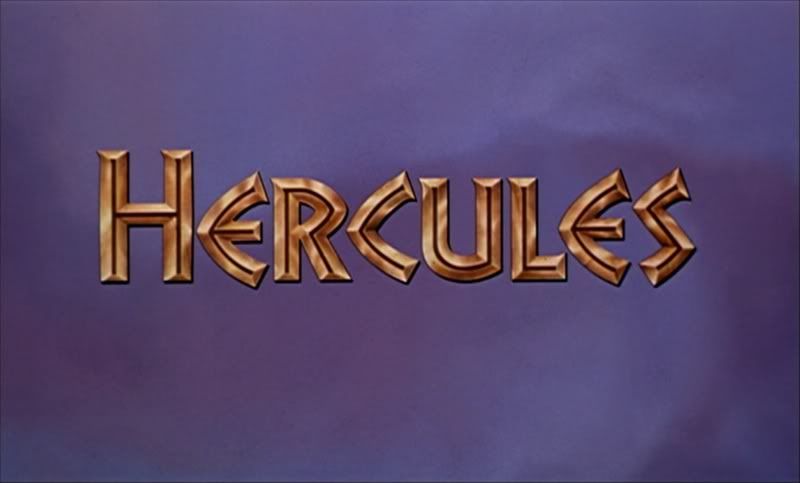 Not much of a surprise here, right? I figured Hercules would be in the bottom tier of Disney Renaissance films, mostly because outside of a few elements which are fairly impressive (such as Hades and Megara) the rest of the film is boringly predictable and doesn't offer much except a bizarre retelling of the ancient Greek myth of the muscular son of Zeus. Still, while Hercules doesn't offer much in terms of competition with the bigger films of the era, please note that Hercules is the worst of the best in terms of an era of animation dominance. It's still leagues better than the vast amount of competition made around the same time. This film just couldn't go the distance with the big boys. Sorry, guys. Better luck next time
Not much of a surprise here, right? I figured Hercules would be in the bottom tier of Disney Renaissance films, mostly because outside of a few elements which are fairly impressive (such as Hades and Megara) the rest of the film is boringly predictable and doesn't offer much except a bizarre retelling of the ancient Greek myth of the muscular son of Zeus. Still, while Hercules doesn't offer much in terms of competition with the bigger films of the era, please note that Hercules is the worst of the best in terms of an era of animation dominance. It's still leagues better than the vast amount of competition made around the same time. This film just couldn't go the distance with the big boys. Sorry, guys. Better luck next time
Final Score: 30
Average: 3
9. The Rescuers Down Under (1990)
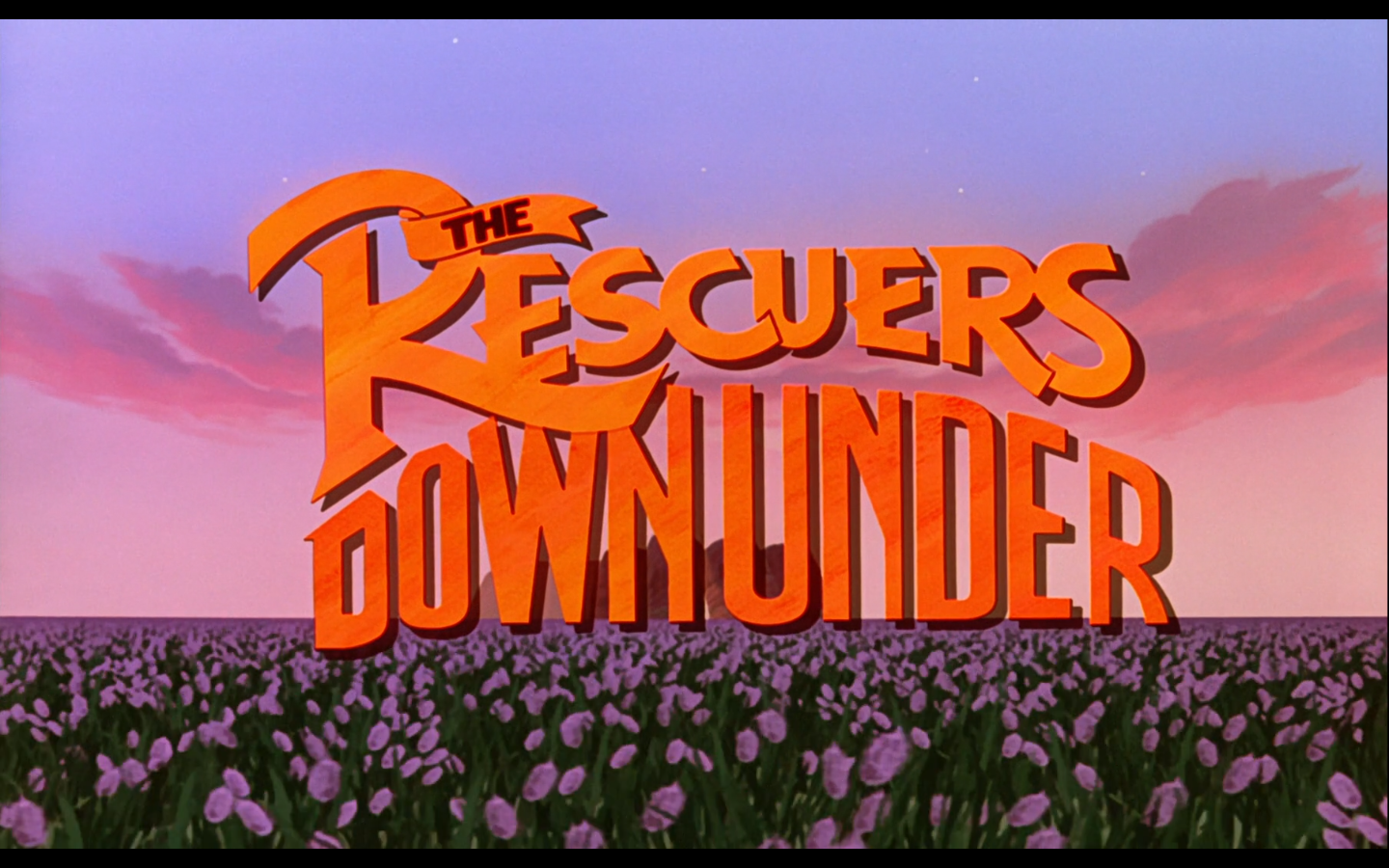 Unfortunately, even getting a pass in the Songs round (due to not having any songs) did not help propel this solid sequel up the food chain. It's a shame too, because there are few animated films that can really contend with The Rescuers Down Under in terms of realism, quality of animation, and overall enjoyment. We can easily get into the story about protecting Marahute and her eggs from the poacher named McLeach, but we seem to be unfazed by the RAS subplot, which doesn't come into contact with the main plot until about 60% of the way through the movie. Despite not being as potent as other Disney Films in the era, this sequel to The Rescuers is far more palatable than it's predecessor, and superior than most animated sequels ever made.
Unfortunately, even getting a pass in the Songs round (due to not having any songs) did not help propel this solid sequel up the food chain. It's a shame too, because there are few animated films that can really contend with The Rescuers Down Under in terms of realism, quality of animation, and overall enjoyment. We can easily get into the story about protecting Marahute and her eggs from the poacher named McLeach, but we seem to be unfazed by the RAS subplot, which doesn't come into contact with the main plot until about 60% of the way through the movie. Despite not being as potent as other Disney Films in the era, this sequel to The Rescuers is far more palatable than it's predecessor, and superior than most animated sequels ever made.
Final Score: 31
Average: 3.4
T-8. Pocahontas (1995)
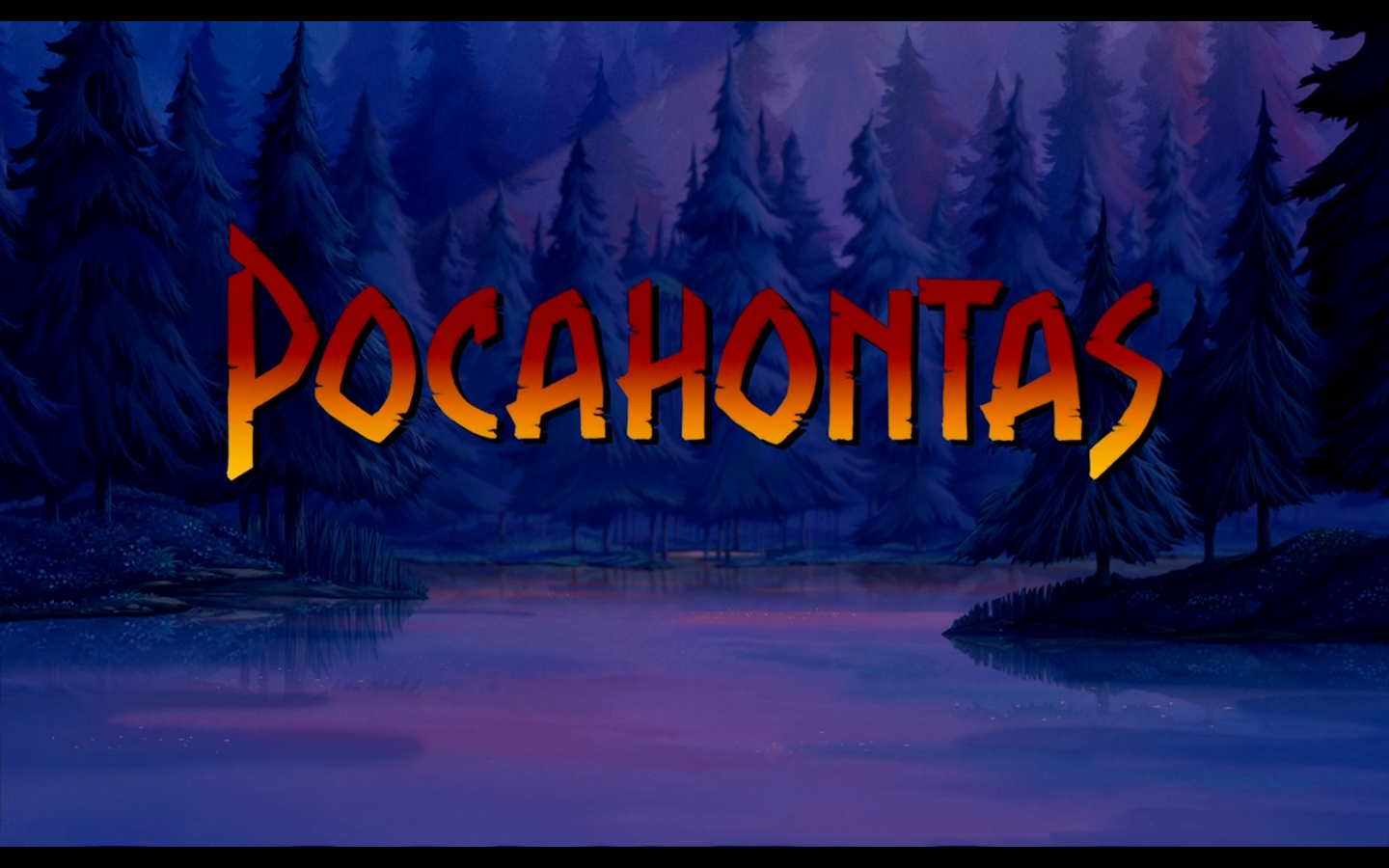 I fully expected Pocahontas to slide into the #10 slot. Very few people like this film and believe that it is one of the worst Disney ever made. While I disagree with that, I find it surprising that this former apple of Jeffery Katzenberg's eyes, which is ridiculed and despised by so many, ranked tied with another on my list. There is much to love about this film, from the wonderful Alan Menken music, to the beautiful animation. But there is a lot to dislike about this film, ranging from the bland characters and the predictable plot, to the weak and boring villain. Still, despite these flaws, Pocahontas is still an elite caliber animated film, giving us sheer beauty in animation and well written music. Good, but not great.
I fully expected Pocahontas to slide into the #10 slot. Very few people like this film and believe that it is one of the worst Disney ever made. While I disagree with that, I find it surprising that this former apple of Jeffery Katzenberg's eyes, which is ridiculed and despised by so many, ranked tied with another on my list. There is much to love about this film, from the wonderful Alan Menken music, to the beautiful animation. But there is a lot to dislike about this film, ranging from the bland characters and the predictable plot, to the weak and boring villain. Still, despite these flaws, Pocahontas is still an elite caliber animated film, giving us sheer beauty in animation and well written music. Good, but not great.
Final Score: 36
Average: 3.6
T-8. Mulan (1998)
 As I said in my review of the film, Mulan is more of a clusterfuck of things that made previous animated films good rather than bringing anything new onto the scene, with the glaring exception of the message. But for the most part, Mulan brings nothing new to the table. We've seen progressive female leads, comedians placed into sidekick roles, bland and boring villains, good but not great music, and we've seen men who are more looks than brains. Mulan as a character is better than some of the female leads, but not exponentially. The rest of the film is fairly good, though I think it is highly overrated. The numbers do not lie. Mulan is a good film according to the ratings, just not an elite one.
As I said in my review of the film, Mulan is more of a clusterfuck of things that made previous animated films good rather than bringing anything new onto the scene, with the glaring exception of the message. But for the most part, Mulan brings nothing new to the table. We've seen progressive female leads, comedians placed into sidekick roles, bland and boring villains, good but not great music, and we've seen men who are more looks than brains. Mulan as a character is better than some of the female leads, but not exponentially. The rest of the film is fairly good, though I think it is highly overrated. The numbers do not lie. Mulan is a good film according to the ratings, just not an elite one.
Final Score: 36
Average: 3.6
6. Tarzan (1998)
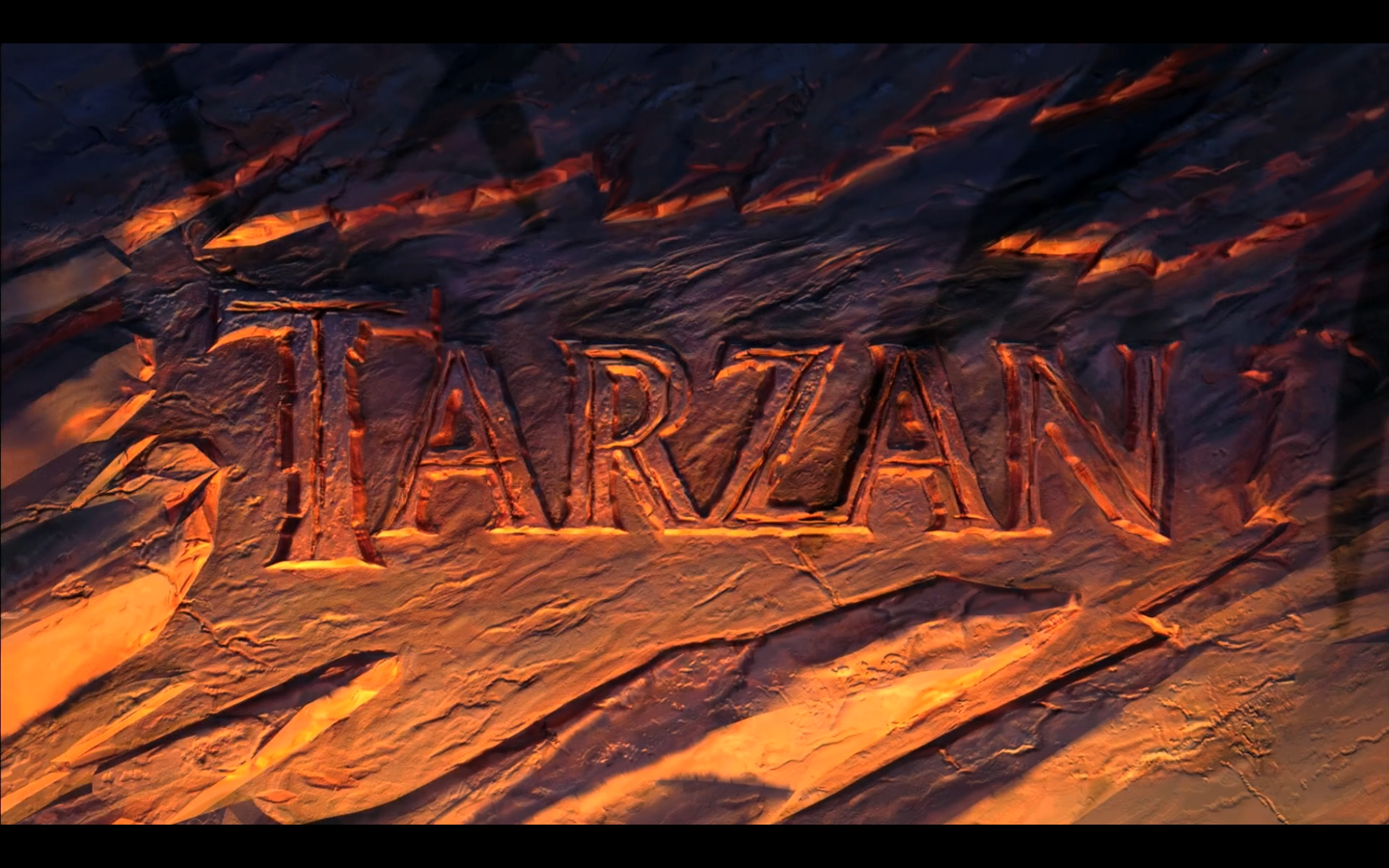 Tarzan is viewed by the General Public as the last breath of brilliance of the Disney Renaissance. That seems to fit alongside my thinking. The film does do things that other Renaissance films had done, but it also adds onto the legacy. Tarzan is a strong protagonist along the lines of a Simba or Aladdin, Jane is a perfect example of a Damsel in Distress, and Kala is the motherly equivalent of Mufasa. The film also has a good musical score, with songs written by Phil Collins and score music by Mark Mancina. But the film lags behind several others in terms of villain development, supporting cast quality, and has a confusing theme which isn't fully clarified until it's too late. Nevertheless, Tarzan was Disney's last truly amazing film until 2009, when the second Disney Renaissance began. Well done, Disney.
Tarzan is viewed by the General Public as the last breath of brilliance of the Disney Renaissance. That seems to fit alongside my thinking. The film does do things that other Renaissance films had done, but it also adds onto the legacy. Tarzan is a strong protagonist along the lines of a Simba or Aladdin, Jane is a perfect example of a Damsel in Distress, and Kala is the motherly equivalent of Mufasa. The film also has a good musical score, with songs written by Phil Collins and score music by Mark Mancina. But the film lags behind several others in terms of villain development, supporting cast quality, and has a confusing theme which isn't fully clarified until it's too late. Nevertheless, Tarzan was Disney's last truly amazing film until 2009, when the second Disney Renaissance began. Well done, Disney.
Final Score: 37
Average: 3.7
5. The Hunchback of Notre Dame
 Disney often never takes risks in terms of their animated films. They are usually very risk-free and never challenge any levels of adolescence. This is where The Hunchback of Notre Dame clearly stands as direct contrast. This film is nothing but risks that pay off in a brilliant way that few expected to work. While it may not be as dark as Victor Hugo fans would have liked it to be, the film is significantly darker than the Disney faire of the time (with the possible exception of The Lion King). You have several well thought out and executed themes, a chilling villain, and overall solid performances all across the board. While the animation is at times questionable and the songs aren't Menken's best, the rest of the film manages to dominate over the weaker elements, giving us one of Disney's finest.
Disney often never takes risks in terms of their animated films. They are usually very risk-free and never challenge any levels of adolescence. This is where The Hunchback of Notre Dame clearly stands as direct contrast. This film is nothing but risks that pay off in a brilliant way that few expected to work. While it may not be as dark as Victor Hugo fans would have liked it to be, the film is significantly darker than the Disney faire of the time (with the possible exception of The Lion King). You have several well thought out and executed themes, a chilling villain, and overall solid performances all across the board. While the animation is at times questionable and the songs aren't Menken's best, the rest of the film manages to dominate over the weaker elements, giving us one of Disney's finest.
Final Score: 66
Average: 6.6
4. The Little Mermaid (1989)
Disney's first Fairy Tale since Sleeping Beauty definitely did have some baggage behind it. It suffered from the same "Boring Prince" disease that plagues most Disney Fairy Tales. Aside from Eric's blandness, the film has a wide variety of things to offer, from a beautiful and enchanting lead, a wickedly delightful villain, and breathtaking animation to go alongside one of the greatest musical scores ever written. The Little Mermaid is a perfect example of what happens when you pour your heart and soul into a project. The results are quite often magical. Without the enchantment we all gained when we first saw this film in 1989, there might never have been a Disney Renaissance. A true blue Disney Classic if there ever was one, The Little Mermaid continues to dazzle audiences even to this day, as if they'd just seen it for the first time.
Final Score: 74
Average: 7.4
3. Beauty and the Beast (1991)
 Everything that was done brilliantly in The Little Mermaid was, to quote Walt Disney, "plused" when it came to the telling of one of the most famous Fairy Tales ever written, Beauty and the Beast. A film with virtually no flaws to speak of, this magical film consists of a brainy yet kind heroine in Belle, an enchanting supporting cast of enchanted objects, a pained and tormented Prince, and a villain as unique to Disney as they come. These characters are blessed with the best group of songs anyone at Disney has ever written, a mysterious and solid underscore, and the best animation from the best animators in the business. There was almost a guarantee that this film would be an Oscar Nominee in 1992, and boy was it. A story that proves true beauty comes from within, Beauty and the Beast also shows us that love and kindness will bring out the best in people. And if this was the best 1991 had to offer, we couldn't wait until the rest of the decade ensued.
Everything that was done brilliantly in The Little Mermaid was, to quote Walt Disney, "plused" when it came to the telling of one of the most famous Fairy Tales ever written, Beauty and the Beast. A film with virtually no flaws to speak of, this magical film consists of a brainy yet kind heroine in Belle, an enchanting supporting cast of enchanted objects, a pained and tormented Prince, and a villain as unique to Disney as they come. These characters are blessed with the best group of songs anyone at Disney has ever written, a mysterious and solid underscore, and the best animation from the best animators in the business. There was almost a guarantee that this film would be an Oscar Nominee in 1992, and boy was it. A story that proves true beauty comes from within, Beauty and the Beast also shows us that love and kindness will bring out the best in people. And if this was the best 1991 had to offer, we couldn't wait until the rest of the decade ensued.
Final Score: 77
Average: 7.7
2. The Lion King (1994)
 Without a doubt, The Lion King is the film on this list I've seen and studied the most. It's a film that refuses to treat it's audience like children and is more than willing to show us just what it takes to create a truly legendary animated film. It is one of those rare animated films that can make children think and behave more like adults, even though not a single human ever appears on screen. As we grow older, we not only still appreciate the epic narrative and message, but we learn to appreciate just how realistic the animators made the continent of Africa, and just how marvelous the acting performances in the film are. The Lion King is indeed the cream of the crop of the 1990's, taking in all of the lessons learned in all of the previous Renaissance films, topping it off with a timeless theme, a terrific villain and a sensational musical score that is still as majestic as it was back in 1994. There can be no argument, The Lion King is Disney Animation at it's best.
Without a doubt, The Lion King is the film on this list I've seen and studied the most. It's a film that refuses to treat it's audience like children and is more than willing to show us just what it takes to create a truly legendary animated film. It is one of those rare animated films that can make children think and behave more like adults, even though not a single human ever appears on screen. As we grow older, we not only still appreciate the epic narrative and message, but we learn to appreciate just how realistic the animators made the continent of Africa, and just how marvelous the acting performances in the film are. The Lion King is indeed the cream of the crop of the 1990's, taking in all of the lessons learned in all of the previous Renaissance films, topping it off with a timeless theme, a terrific villain and a sensational musical score that is still as majestic as it was back in 1994. There can be no argument, The Lion King is Disney Animation at it's best.
Final Score: 80
Average: 8.0
1. Aladdin (1992)
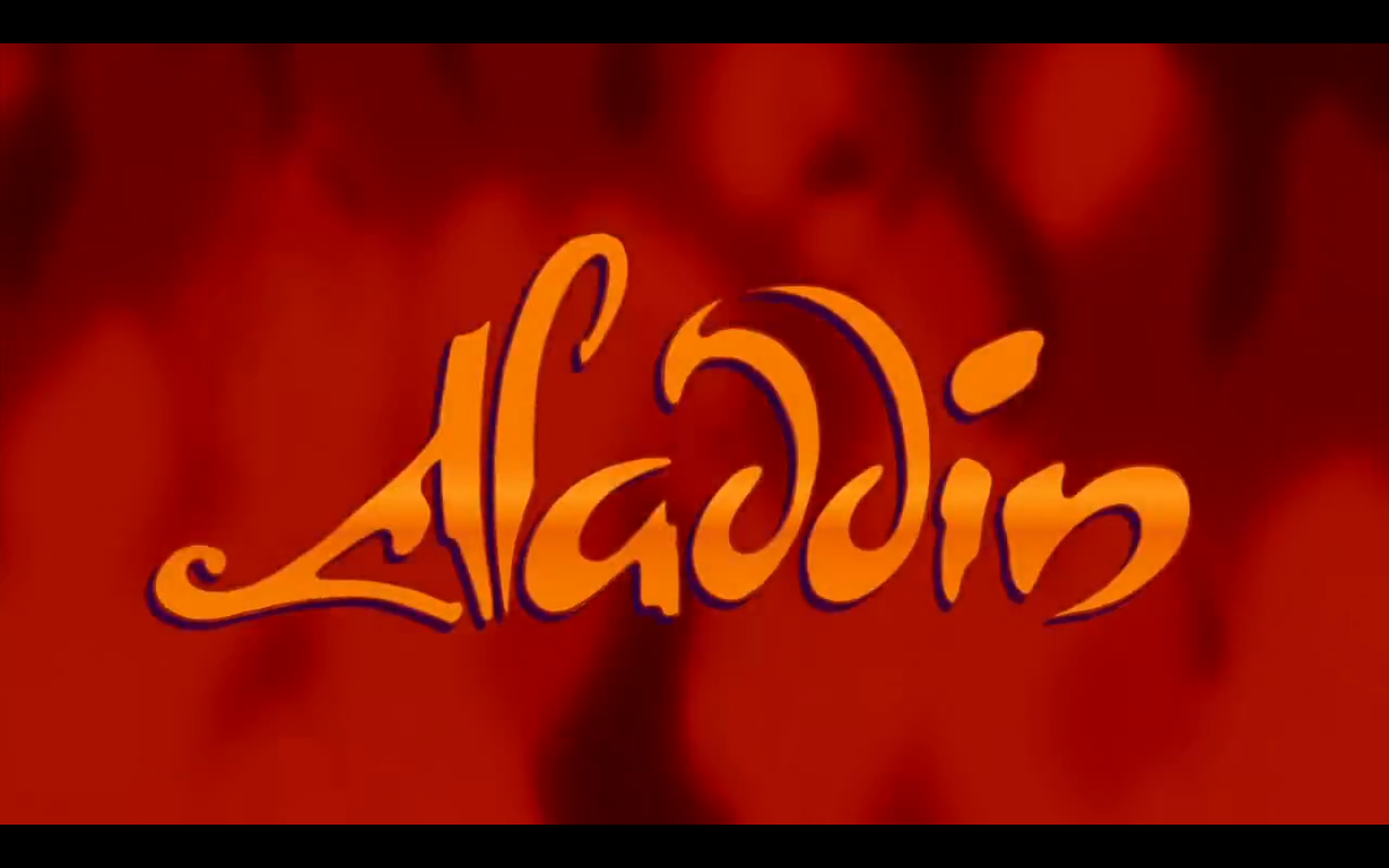 But there can only be one Disney Animated Film atop this list. And, much to my surprise and the surprise of all of you, the animated classic of Aladdin managed to upend all of the other animated powerhouses in this lineup and jazz step it's way all the way to the top of the Disney Animation pyramid. But just what is it that makes Aladdin so sensational? Is it the superb animation, which put all of Disney's rivals to shame? Is it the music, which transcended Howard Ashman's death and Tim Rice's anointment so well that it's actually scary? Is it the dastardly villain Jafar, who finally gave Disney a male villain performance to write home about? Is it the enchanting leads, Aladdin and Jasmine, who probably have the most chemistry of all of the Disney Couples with the possible exception of Belle and the Beast? Is it the story, which modernized the classic fable so well that it's fairly hard to find a significant hole in the plot? I think, personally, it was all of the above, combined with the sensational Robin Williams as the Genie that make Disney's 31st installment in the Animation Canon it's best. There can be no contest. It stacks up so well in almost every category that it's pretty darn intimidating a task to dwarf this film's enormous, yet shadowed legacy. Aladdin, despite not being as emotionally potent as Beauty and the Beast or The Lion King, holds on it's own in every other category, giving us all a film we can enjoy for generations to come.
But there can only be one Disney Animated Film atop this list. And, much to my surprise and the surprise of all of you, the animated classic of Aladdin managed to upend all of the other animated powerhouses in this lineup and jazz step it's way all the way to the top of the Disney Animation pyramid. But just what is it that makes Aladdin so sensational? Is it the superb animation, which put all of Disney's rivals to shame? Is it the music, which transcended Howard Ashman's death and Tim Rice's anointment so well that it's actually scary? Is it the dastardly villain Jafar, who finally gave Disney a male villain performance to write home about? Is it the enchanting leads, Aladdin and Jasmine, who probably have the most chemistry of all of the Disney Couples with the possible exception of Belle and the Beast? Is it the story, which modernized the classic fable so well that it's fairly hard to find a significant hole in the plot? I think, personally, it was all of the above, combined with the sensational Robin Williams as the Genie that make Disney's 31st installment in the Animation Canon it's best. There can be no contest. It stacks up so well in almost every category that it's pretty darn intimidating a task to dwarf this film's enormous, yet shadowed legacy. Aladdin, despite not being as emotionally potent as Beauty and the Beast or The Lion King, holds on it's own in every other category, giving us all a film we can enjoy for generations to come.
Final Score: 82
Average: 8.2
That settled the debate for me, but I'm more than sure the arguing and debating will go on forever, or at least until these treasures disappear through thought and time. The Lion King will reign supreme to some, while Mulan or The Little Mermaid will be the most potent to others. Feel free to speak out for your favorite film from this era in the comments below, or to even ask about what my next review or contest will be. The beauty of film is that no one can ever be right, even if popular belief is that one film is better than another. I'm SimbaKing94 (NintendoMan64), and I'll see you guys next time.

